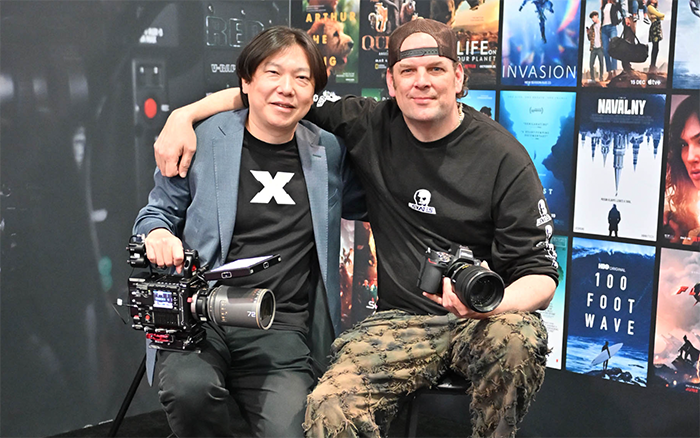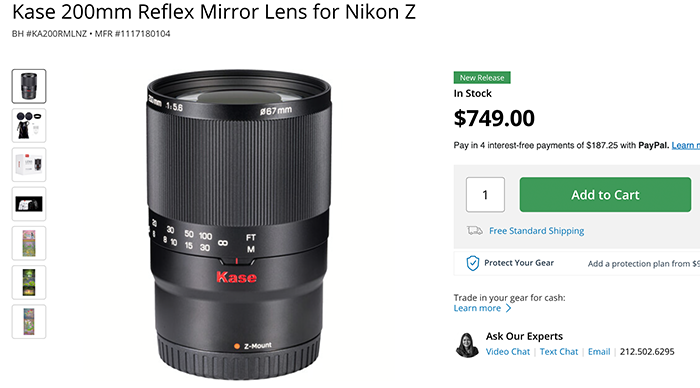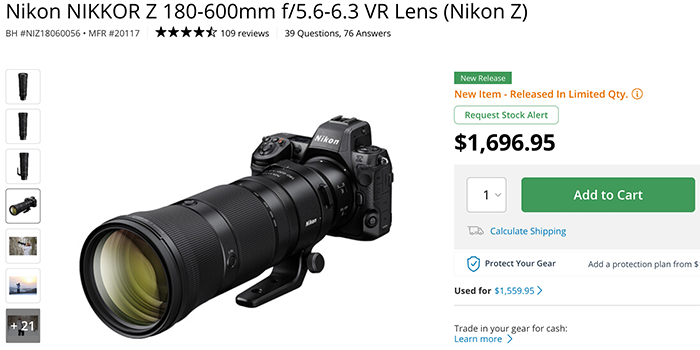RED CEO Oishi: “We are thinking of introducing a Z-mount RED camera in the future.”

Image by FDtimes
In an interview released by FDtimes the new RED Ceo Oishi he confirmed that in the future we will get Z-mount RED cameras:
We would like to introduce RED cameras with a Z Mount as one of the options in the future. It will be in addition to the RF mount currently offered, but it could take a couple of years.
Interestingly they do not plan to phase out the Canon mount:
We’re not going to take away people’s Canon mounts, because that would be unfair to the customer.
And yes, they are considering making Z-mount lenses too:
Our current Z lens series has been designed for higher resolution and precise image reproduction. In the future, we would like to take these different approaches into consideration for an additional cinema lens lineup if we have a chance. We do understand the market requirements.






